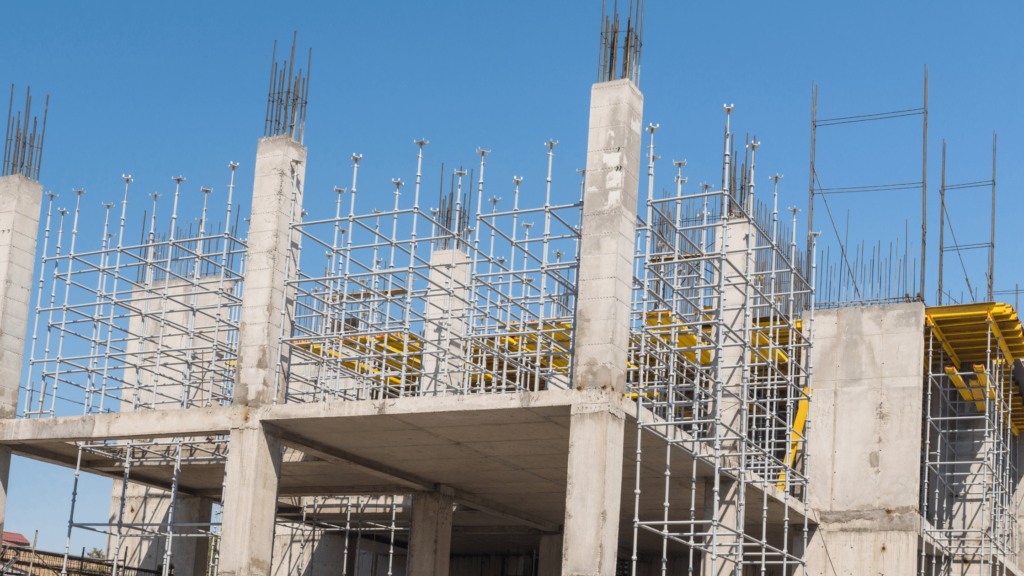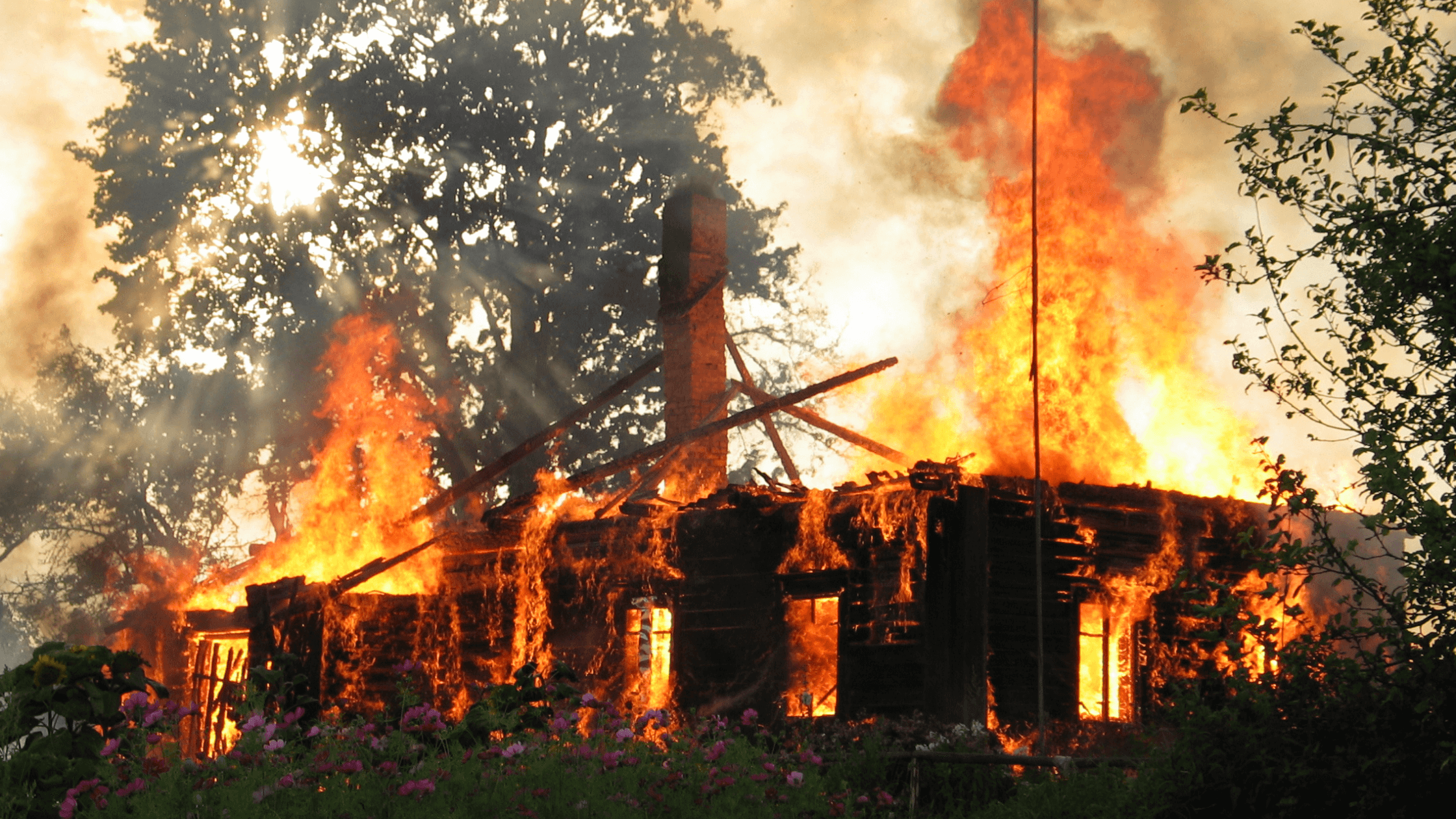Wildfires are becoming an increasingly frequent and destructive force, particularly in regions where dry conditions and high winds create perfect storm scenarios. Homeowners and builders in these areas must prioritize fire-resistant construction features to safeguard properties and lives. Smart design strategies and durable materials can significantly reduce the risks and impact of these natural disasters.
Quick look
- Wildfires are intensifying globally, prompting homeowners and builders to prioritize fire-resistant designs and materials for increased safety and resilience.
- Fire-resistant materials like concrete, metal roofing, and gypsum board can slow fire spread, while defensible landscaping zones create critical protection barriers.
- Proper vegetation management, fire-safe building codes, and participation in programs like Firewise USA enhance property protection against wildfires.
- Proactive design choices, including fire-resistant siding, enclosed eaves, and strategic site positioning, bolster homes’ defenses against wildfire threats.
The importance of building smart
Wildfires are no longer rare, isolated events. In recent years, their frequency and intensity have surged globally, with California experiencing some of the most devastating incidents. In January 2025, wildfires in the Los Angeles region resulted in at least 28 deaths and the destruction of over 14,000 structures. The Palisades Fire alone burned more than 23,000 acres, leading to mass evacuations.
Extended droughts, rising temperatures, and changing weather patterns have created conditions where fires spread faster, burn hotter, and cause more damage than ever before. This growing threat means it’s time for builders and homeowners to rethink how structures are designed and built.
Choosing fire-resistant building materials

Selecting appropriate building materials is crucial for enhancing a home’s resilience to wildfires. Incorporating fire-resistant materials can significantly reduce the risk of ignition and slow the spread of fire, providing valuable time for occupants to evacuate and for emergency services to respond. Here are a few examples of fire-resistant building materials to choose from:
Concrete and masonry
Pros:
- Fire resistance: Concrete and masonry are non-combustible materials that can withstand high temperatures without losing structural integrity. They act as effective fire barriers, preventing the spread of flames.
- Durability: These materials are long-lasting and require minimal maintenance, making them cost-effective.
Cons:
- Weight: The heaviness of concrete and masonry requires strong structural support, which can increase construction costs.
- Cost: Initial construction with these materials can be more expensive than alternatives like wood framing.
Brick and stone
Pros:
- Fire resistance: Brick and stone are highly fire-resistant, capable of withstanding temperatures up to 1,200°C before melting.
Aesthetic appeal: They offer a classic and attractive appearance, adding value to properties.
Cons:
- Cost: Using natural stone can be expensive and requires skilled labor for proper installation.
- Thermal conductivity: Some stones, like granite, can degrade under excessive heat, potentially compromising structural integrity.
Gypsum board (drywall)
Pros:
- Fire resistance: Gypsum (also called drywall) contains chemically combined water, which, when exposed to heat, releases steam and slows heat transfer, providing fire resistance.
- Affordability: Gypsum board is cost-effective and widely available, making it a popular choice for interior walls and ceilings.
Cons:
- Moisture sensitivity: Gypsum board is susceptible to water damage, which can compromise its fire-resistant properties.
- Structural limitations: It is unsuitable for load-bearing applications and requires additional support structures.
Fire-resistant glass
Pros:
- Safety: Fire-resistant glass can withstand high temperatures and prevent the spread of flames and smoke, maintaining visibility for safe evacuation.
- Natural light: Allows for incorporating natural light in designs without compromising fire safety.
Cons:
- Cost: Fire-resistant glass is more expensive than standard glass, increasing construction costs.
- Installation: Precise installation is required to ensure effectiveness, often necessitating specialized labor. In addition, steel window framing best supports fire-resistant glass, but at a cost.
Metal roofing
Pros:
- Fire resistance: Metal roofing materials, such as steel and aluminum, are non-combustible and can effectively resist fire, providing a Class A fire rating.
Durability: Metal roofs are long-lasting, with lifespans exceeding 50 years, and require minimal maintenance.
Cons:
- Cost: The initial installation cost of metal roofing is higher than traditional asphalt shingles.
- Noise: Metal roofs can be noisy during rain or hail storms without proper insulation.
Incorporating these fire-resistant materials into residential construction can significantly enhance a home’s ability to withstand wildfires. While some options may involve higher upfront costs, the investment contributes to long-term safety, durability, and potential savings on repairs and insurance premiums.
Fire-smart landscaping and home design

The area surrounding a home can be just as critical as the building itself when it comes to fire resistance. Creating defensible spaces—zones around a property designed to slow or stop the spread of fire—can significantly reduce the risk of wildfire damage. A well-maintained, defensible space protects the structure and provides firefighters with a safer area to work in during an emergency.
Defensible spaces are typically divided into three zones:
- Immediate zone (0–5 feet): This area closest to the home requires the most attention. Fire experts recommend keeping this zone free of combustible materials like dry leaves, firewood, or wooden mulch.
- Intermediate zone (5–30 feet): Reduce the intensity of a potential fire by keeping grass mowed, trimming branches, and spacing trees to prevent fire spread.
- Extended zone (30–100 feet): Thin vegetation and remove dead plants, leaves, and debris to slow a fire’s advance toward the property.
U.S.-specific landscaping recommendations
The U.S. National Fire Protection Association (NFPA) and other fire safety organizations recommend several strategies for landscaping:
- Select fire-resistant plants: Use native, fire-resistant species like California lilac, redbud, and sumac, which retain moisture and are less likely to ignite. Avoid flammable plants such as junipers, pines, and eucalyptus.
- Maintain vegetation: Regularly prune branches, remove dead foliage, and space trees to prevent fire from jumping between them. Trim lower branches to reduce ladder fuels that can carry fire into tree canopies.
- Create fuel breaks: Use non-combustible materials like gravel, concrete, or rock in landscaping near the home. These materials can act as a buffer between vegetation and the structure.
Practical design choices
The combination of defensible space and fire-smart construction creates a robust defense, ensuring homes are better equipped to withstand the increasing threats posed by wildfires:
- Structure positioning: Position buildings away from steep slopes or densely forested areas whenever possible. Fires move more rapidly uphill, making these locations particularly hazardous.
- Fire-resistant barriers and siding: Use materials like stucco, fiber cement, or metal for siding and decks to reduce the chance of ignition. Additionally, non-combustible barriers around vulnerable areas such as porches or crawl spaces should be installed.
- Roofing materials: Choose fire-resistant roofing materials, such as metal, clay tiles, or asphalt shingles, with a Class A fire rating. This can prevent embers from igniting the roof.
- Enclosed eaves and vents: Install ember-resistant screens on vents and enclose eaves to prevent embers from entering the home.
Bottom line
Wildfires are an increasingly serious threat to homeowners, but proactive design and material choices can make all the difference. By incorporating fire-resistant materials and creating defensible spaces, homeowners and builders can significantly enhance the safety and resilience of their properties. Taking these steps may require an upfront investment of time and resources, but the long-term benefits outweigh the costs. A fire-smart approach reduces the risk of devastating damage, safeguards lives, and offers peace of mind in the face of growing wildfire threats.
Want to stay up-to-date on the latest tips and strategies for building safer, more resilient homes? Subscribe to our newsletter today and follow us on social media for expert insights, industry updates, and actionable advice to help you protect what matters most.


